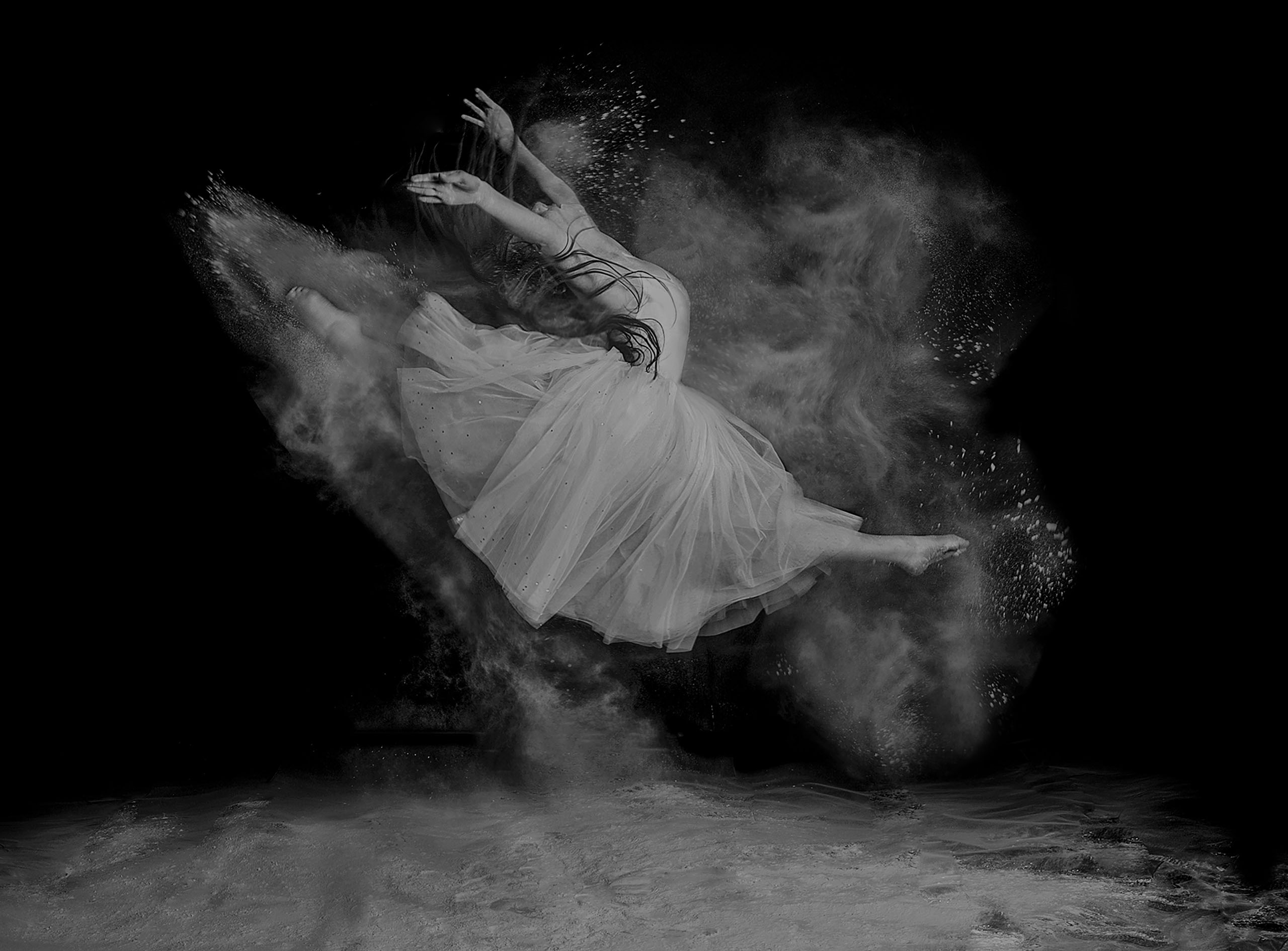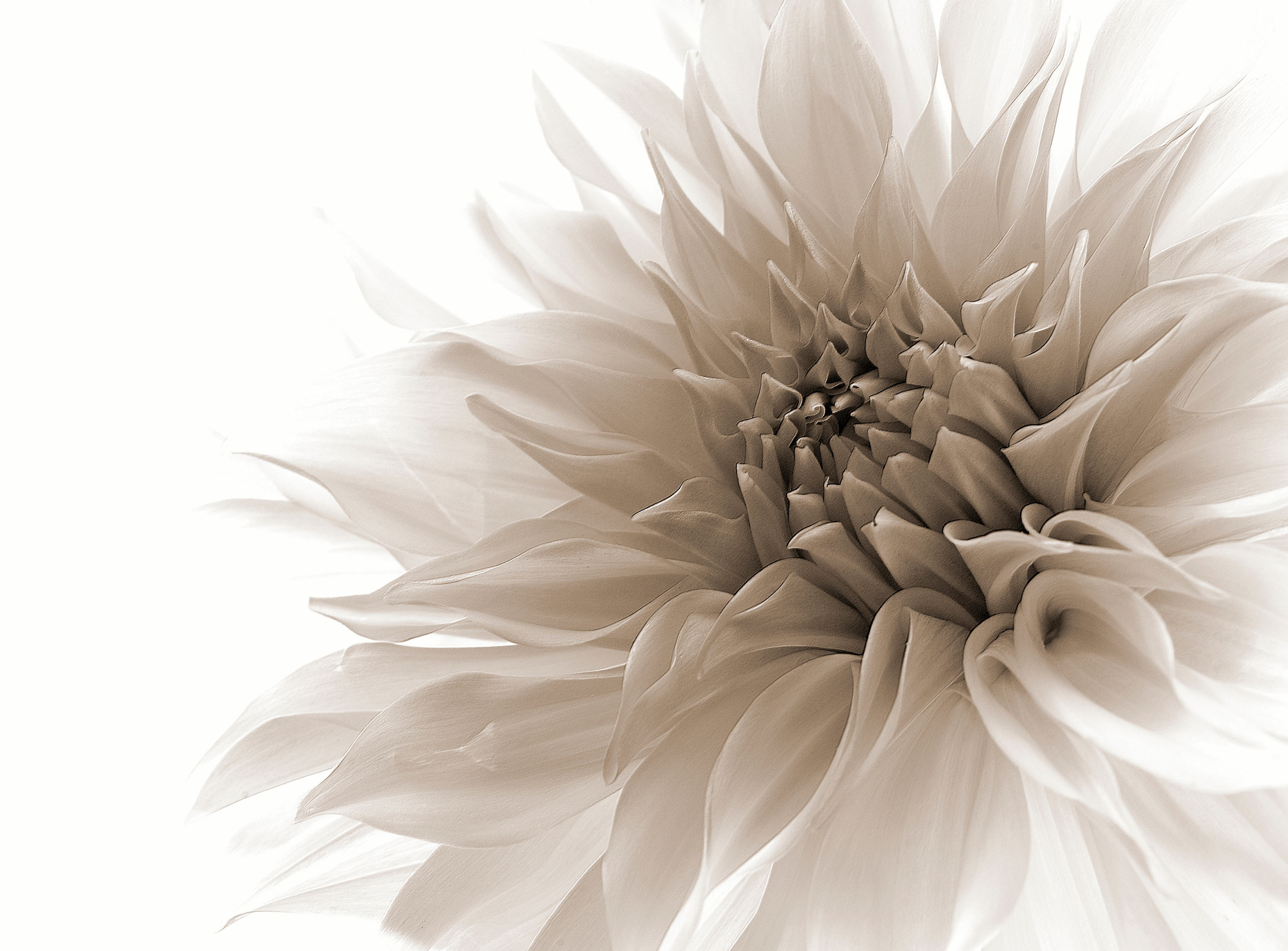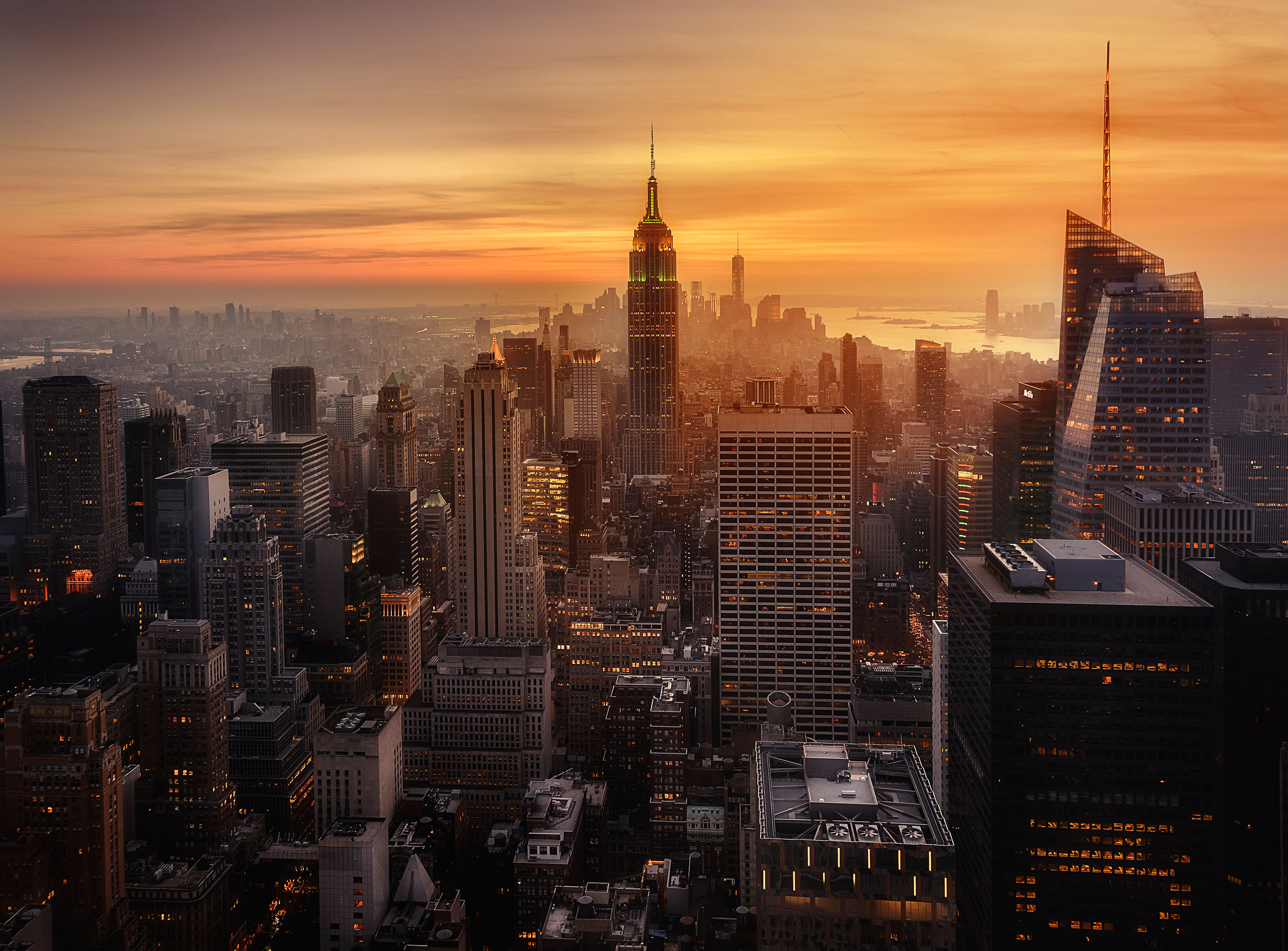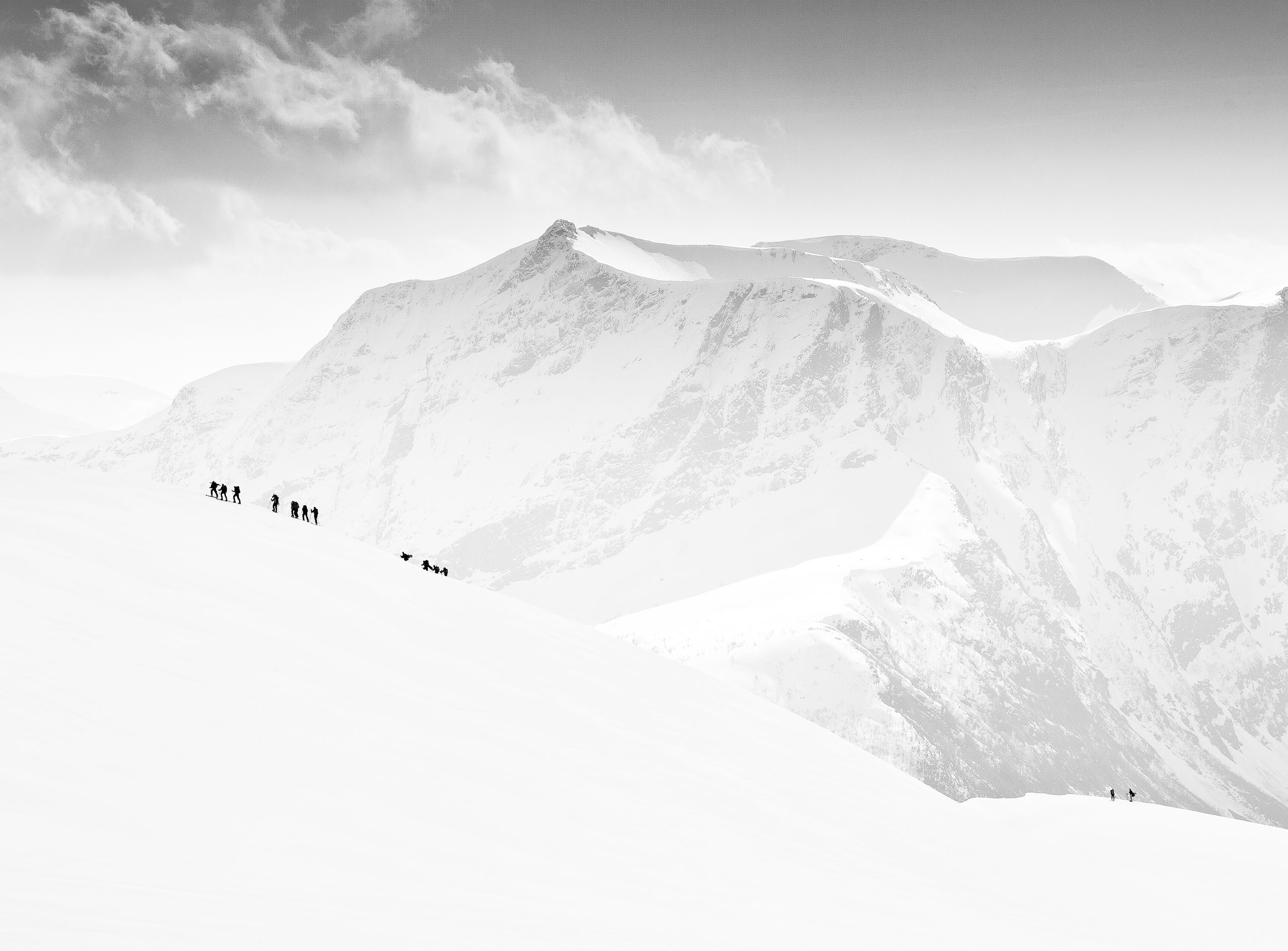SEARCH






|
|
|
|


by Editor Swapnil Deshpande

'multi house' by Roberto Marini
A simple definition of multiple exposure photography is superimposition of two images overlaid on each other to create an artistic feel or to represent a time bound event on the same frame.
example phases of sun or moon during an eclipse

'Twelve Apostles of the Earth' by Zoran Dujic LightHunter
For many of us photographers it can be a difficult job to convey the mood, story or the geographical sense in one single image. Conceptual images wherein one might want to show the thought processes within a portrait or silhouette of a person in an aerial image cannot be made using the conventional method of photography.
Historically the impressionist kinds of images have made the use of this technique in myriad ways possible. In film days rewinding the film and exposing it number of times had been a common norm to create impressionism in the image, the most common example in this case, showing the same man in different location in the room in different pose. In digital era it became quite easy to see the result immediately and once the cameras, after 2012 started to have a built-in multiple exposure mode it became a vogue for photographers to use it as a style to create images with concepts.
Multiple exposure also can be created in a software like PS or gimp which uses overlaying different frames and playing with the blend modes and masking. Many types of montages can be created during editing and conceptual art is made in single frame.
In the following passages we will go through some technicalities and some of the masterpieces in 1x gallery.

'the stage fright of the cellist' by Roswitha Schleicher-Schwarz

'Double exposure experiment' by Alexey Levshakov
Most major camera manufacturers have the feature of multiple exposures built in with the option of two to ten exposures and a choice of overlay modes that are additive, medium, clear and dark. Nikon and canon both can have shortcut buttons to enter the mode and select the overlay mode and let the camera create a multiple exposed image then and there.
A brief explanation of overlay modes
Additive will add the images simply along with the exposures. Negative exposure compensation will be needed so end result will not be too bright. Generally continuous burst shots of birds or athletes are made using additive overlay mode.
Average overlay mode is more or less similar but exposure is automatically adjusted so negative exposure compensation is not needed. Layering of mountains or creating double or triple forms of subject is effectively made in this overlay mode.
In Bright or dark overlay mode, the brightness or darkness to be added are compared at same position in image and then brightness or darkness as per the overlay mode will be selected in the image.
Conceptual images in which the external form of a physical form is preserved and the inside is substituted depending on theme or concepts are made by using this overlay mode. It is essential that the background is clear for such images to be successful.

'Symphony White' by Inna karpova

'here, there and everywhere' by Lucie Bressy

'echoing in motion' by milan malovrh

'Bougainville' by Hilda Champion

'Singapore bay' by Carmine Chiriacó
As shown in the above images, the use of multiple exposure photography is far and wide and can be applied in any genre from portraits to architecture and landscapes to wildlife and sports. The use of multiple exposures allows the photographer to show a world that can be imagined but not visualized as a reality. This is where the beauty of multiple exposure photography lies and wherein it simply transcends the photographer to an artist. It creates a platform where one can imagine and portray with the tools and is not fenced by the doctrines of traditional art forms.
Another simpler way of approaching this style is creating single exposures in camera or using the same image by duplicating it as layers in Photoshop and changing the blend modes in the layer palette. You can reduce opacity or use a masking brush and paint on the image by either erasing parts of the image or partially hiding/revealing them as per needs of the image. A similar method can also be used when depth of field is needed and has to be increased to keep everything sharp or reduce it to maintain a sweet bokeh, which is optically not possible for a lens. In addition to this use of multiple layers and distorting them using Photoshop filters is also a trend in architectural multiple exposure work.

'Monocrome from Romania' by Double Exposure by Damian Walker

'the tent' by Roswitha Schleicher-Schwarz

'scaling game' by Thomas Vanoost

'Cinqueterre' by Hans-Wolfgang Hawerkamp

'Sewing Threads' by Hans-Wolfgang Hawerkamp
Whatever method you use, it is important to mention that, in my view, the technical definition of photography is nowhere distorted. The purists can argue on this point that realities are distorted when representing such work, but I feel such images are not meant to be shown as a documentary image or a scientific proof. As long as light falls on the sensor and the image is captured after exposure, we remain within the limits of art photography.
As can be noted, painting and photography have been considered sister art forms. Where painting teaches you to ‘show’ the world and photography teaches you to ‘see’ the world and both cross paths at the bridge of impressionism. Multiple exposure styling just made it easier for us photographers to ‘see’ the world and then ‘show’ it to the world as we ‘saw’ it!
Enjoy below more beautiful multiple exposure work by 1x photographers!

'Waiting for the Ampelmännchen' by Heike Willers

'Windows' by Massimo Della Latta

'Inner child' by Aryana Golchin

'...she may be the song that Summer...' by Charlaine Gerber

'The three goddesses.' by Colin Dixon
 | Write |
 | Aryana Golchin |
 | Susi PRO Muchas gracias por este excelente artículo. Impresionantes imágenes. Felicidades. |
 | Wieslaw (wies) Kosciukiewicz PRO Thank you very much for the interesting article.
|
 | Carmine Chiriacò CREW Thanks so much Swapnil and Yvette!! Congrats to all |
 | Massimo Della Latta Thanks Yvette and congratulations to all. |
 | . Anja Diabaté . PRO . Special and beautiful selection of artworks and an interesting and educational article. Thank you very much, dear Swapnil !! . |